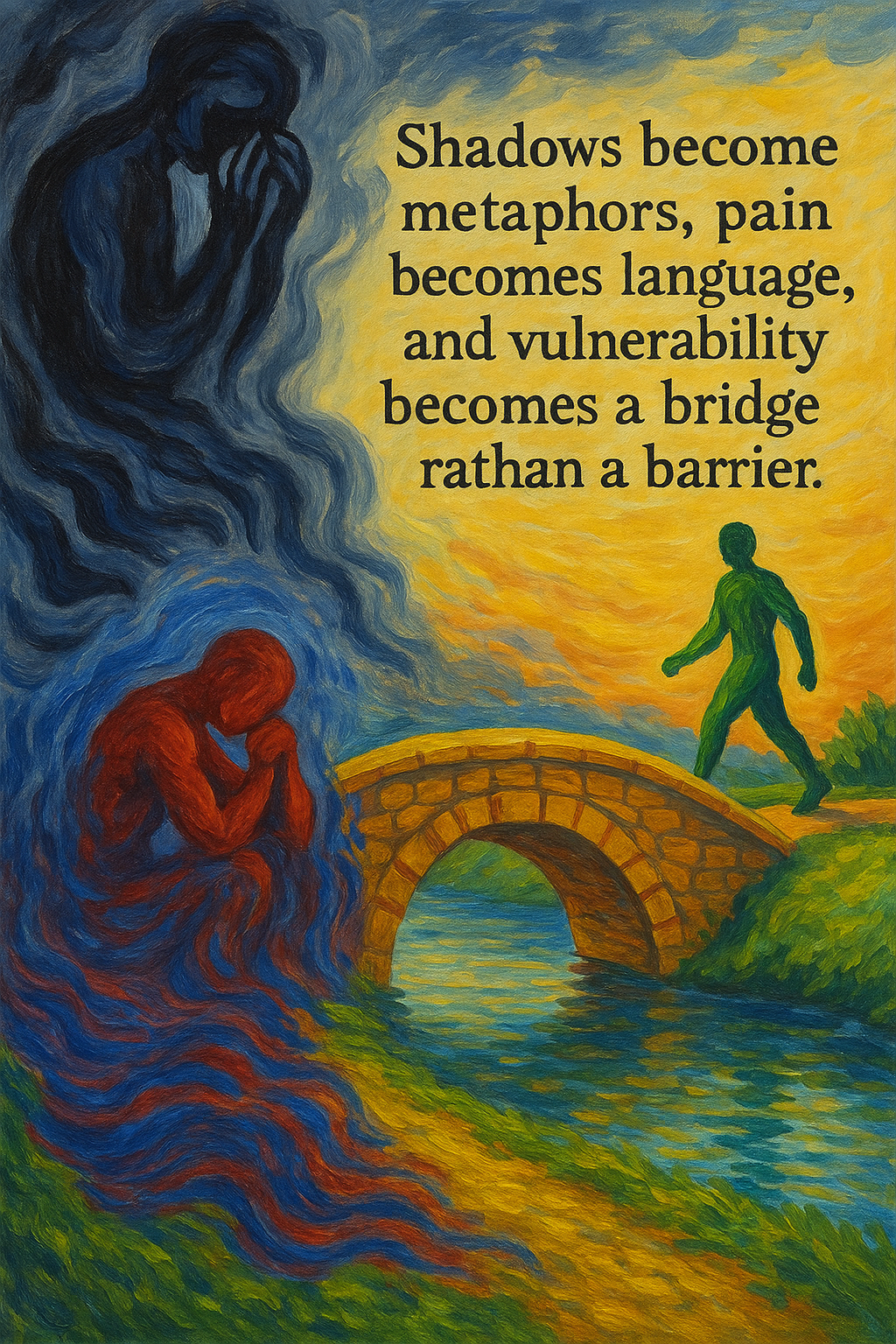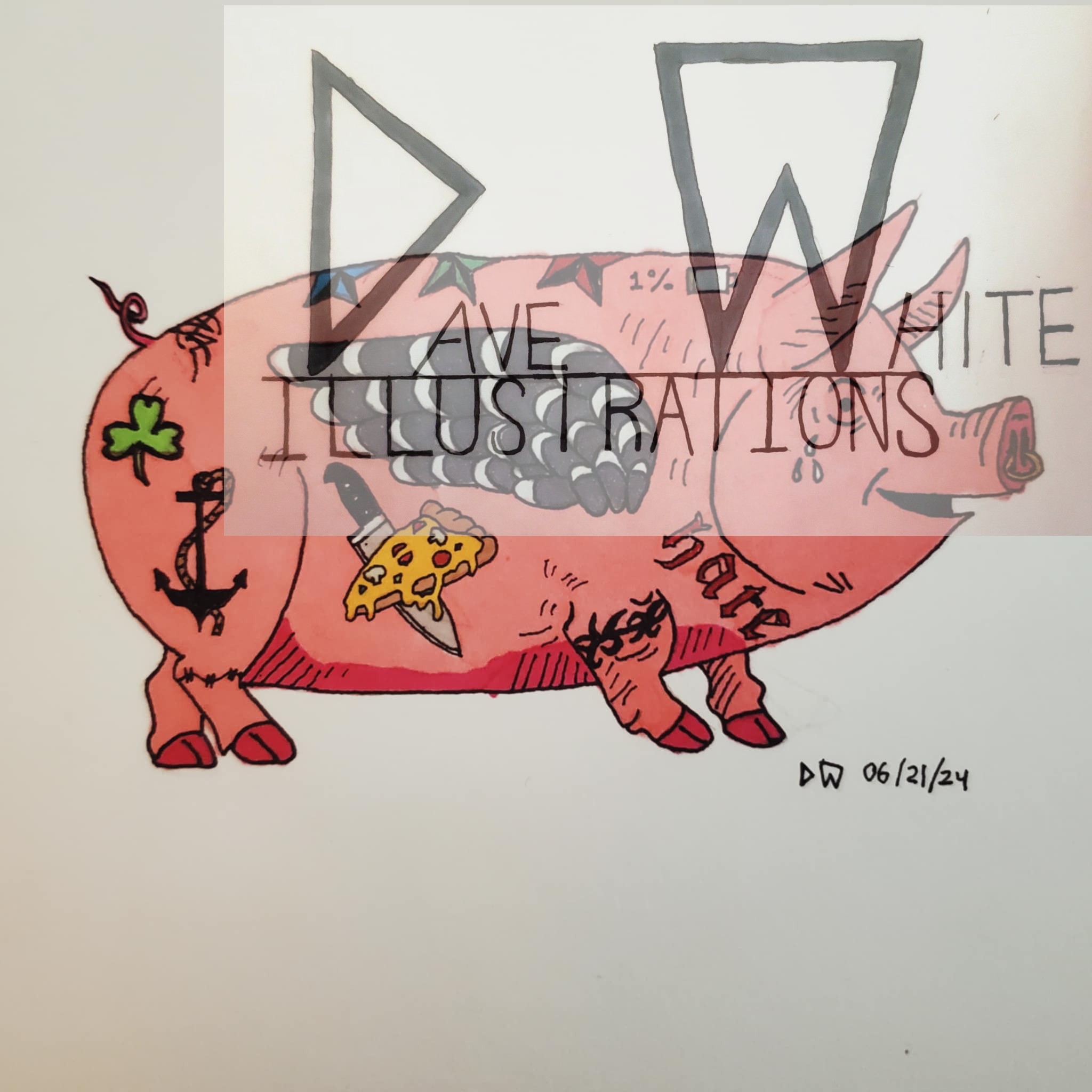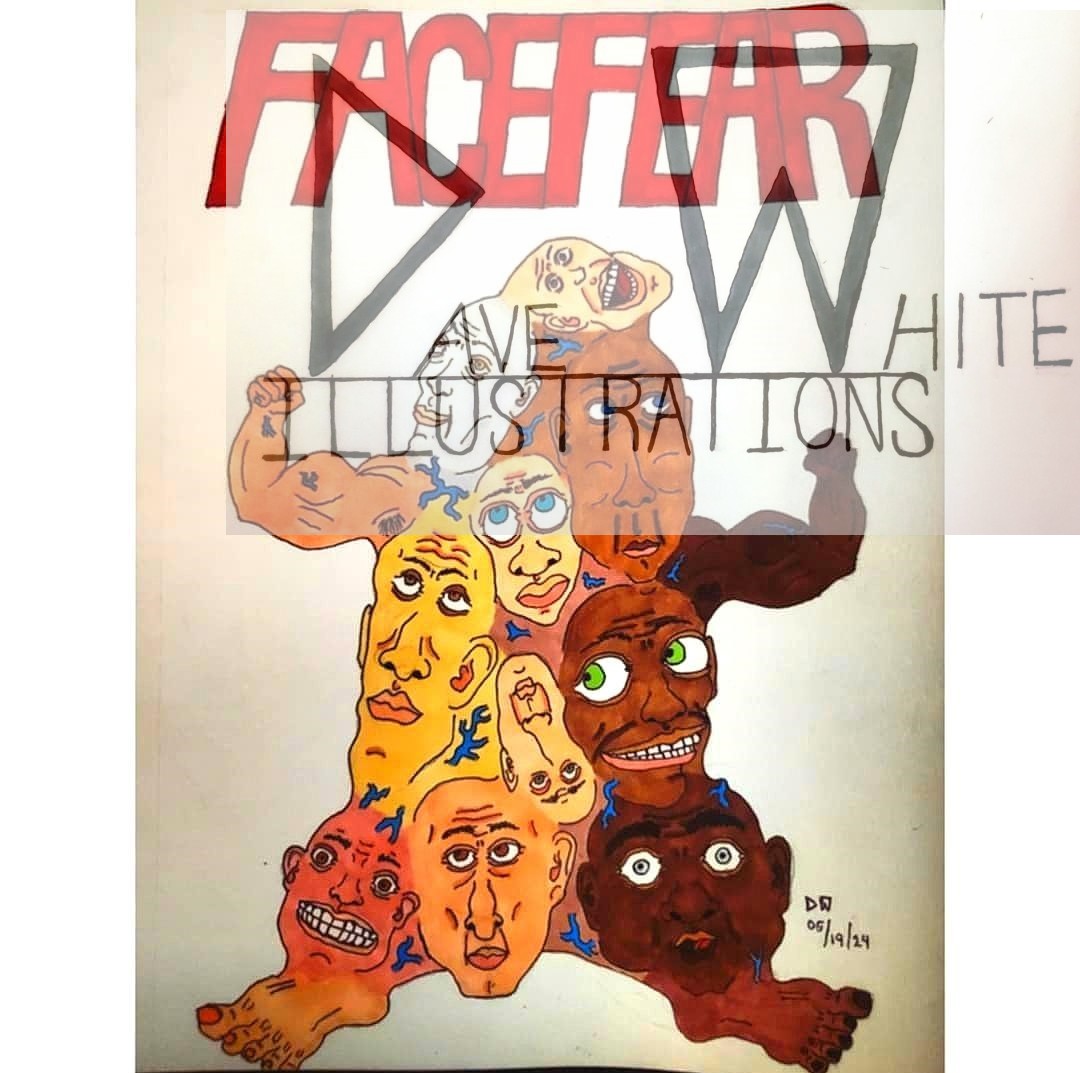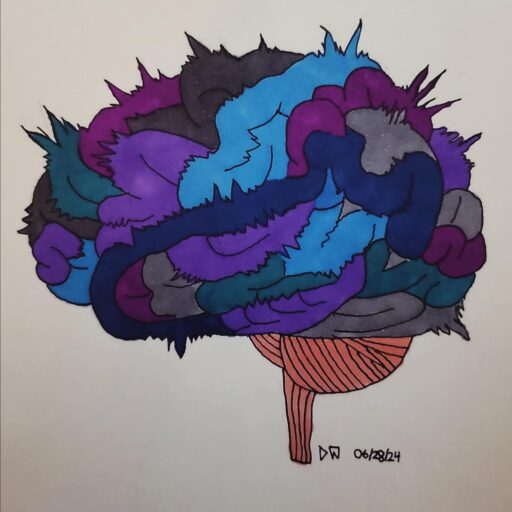Your cart is currently empty!
The Bridge of Vulnerability

Facing Depression, Bipolar Disorder, and the Strength Found in Vulnerability
Life does not always test us with obvious trials. Sometimes the heaviest burdens are the ones carried inside—the battles fought in silence, unseen by others, yet consuming all the same. For me, the greatest challenges have been depression, bipolar disorder, and the fragile work of embracing vulnerability. These struggles have demanded resilience, forced self-discovery, and ultimately taught me that healing is never linear, but possible.
Depression and Bipolar Disorder: The Early Struggles
My struggle with depression began when I was sixteen. On the surface, I never had difficulty with the academic material itself. The work—the assignments, the lessons—was rarely the problem. The true barrier was my own mind.
Some mornings, I could not bring myself to leave the bed, let alone attend class. My mood dictated my ability to follow through, and my lack of consistency eroded any progress. While capable of understanding the material, I found myself falling behind, my motivation fading under the weight of untreated mental illness.
“Untreated, depression and bipolar disorder stripped away my drive, leaving me adrift in cycles of failure that had little to do with ability and everything to do with survival.”
This experience revealed a truth I carry still: without support, mental health issues can dismantle even the strongest willpower. The National Institute of Mental Health reminds us that “serious mental illnesses are among the leading causes of disability worldwide” (NIMH). My story was no exception.
The Weight of Vulnerability
In addition to depression and bipolar disorder, vulnerability itself felt like another adversary. I struggled to be open and authentic, fearing the judgment that might follow. I numbed my emotions, distanced myself from others, and believed that in doing so, I was protecting myself.
But this self-protection came at a cost. The walls I built to keep hurt out also kept love, trust, and connection away.
“Detachment offered temporary safety but left me hollow.”
What I thought was strength was, in truth, another kind of prison. Vulnerability—what Brené Brown calls “the birthplace of connection and authenticity” (2012)—was exactly what I needed, but I feared it too much to allow it.
The cycle deepened my isolation. Each attempt to avoid pain only heightened the emptiness within. Over time, I began to understand that vulnerability, though terrifying, was not weakness but a path to deeper connection, to authenticity, and to healing.
A Turning Point: Seeking Help
The most pivotal action I took was reaching for professional help. I began attending therapy regularly and worked with a psychiatrist to stabilize my moods. It was not an overnight transformation, but a steady process of regaining control over my life.
“Therapy and medication did not erase my struggles, but they gave me a foundation stable enough to grow upon.”
Professional support gave me tools to reduce the overwhelming effects of depression and bipolar disorder. Stabilizing my mind gave me the chance to rebuild my academic journey, to reclaim my motivation, and to see hope where before there had only been despair.
The Mayo Clinic emphasizes that effective management of bipolar disorder often requires a combination of treatments: therapy, medication, and lifestyle changes. My experience echoed this. Healing required commitment, patience, and balance—not a single solution, but an interwoven effort.
Writing and the Power of Reflection
Alongside therapy, writing became my most powerful tool. Through journaling, poetry, and reflection, I confronted the emotions I had tried so hard to bury. Putting words to my fears and doubts transformed them into something I could face.
“Writing is more than art—it is medicine.”
Each page became a safe space, a sanctuary where I could be honest with myself. I began to understand the root of my struggles. Writing allowed me to be vulnerable in a way I could not always manage with people. Slowly, this practice translated into greater authenticity in my daily life.
Julia Cameron, in The Artist’s Way (1992), writes that “writing is about making a connection with yourself.” That connection saved me. Through words, I transformed silence into speech, and pain into something that could be understood.
“Shadows become metaphors, pain becomes language, and vulnerability becomes a bridge rather than a barrier.”
What I’ve Learned Along the Way
- Seek professional help. Therapists and psychiatrists provide the guidance and stability needed when the mind feels like an adversary.
- Build consistent self-care. Even small routines—a regular sleep schedule, balanced meals, mindful breaks—help ground you in stability.
- Turn to creative outlets. Writing, art, music, or any form of expression can release emotions safely and help you reflect.
- Embrace vulnerability. It may feel like risk, but it is also where true connection and healing begin.
Art, Pain, and Transformation
What I have come to realize is that resilience is not born from denying our shadows, but from walking through them. Depression and bipolar disorder are still part of my life. Vulnerability still unsettles me. Yet these experiences no longer define my failure—they shape my growth.
“Even in moments of fracture, there is beauty.”
As Leonard Cohen once wrote, “There is a crack in everything, that’s how the light gets in.” My cracks, once sources of shame, are now reminders of resilience. The fractures are not the end of the story—they are where light begins to shine through.
The journey of facing depression, bipolar disorder, and vulnerability has not been easy. It continues to this day. But through therapy, writing, and the willingness to open myself to authenticity, I have learned that resilience is possible, even in the darkest of places.
This story is not about perfection or triumph. It is about persistence—the choice to seek help, the courage to be vulnerable, and the power of creativity to turn adversity into meaning.
Works Cited
- Brown, Brené. Daring Greatly: How the Courage to Be Vulnerable Transforms the Way We Live, Love, Parent, and Lead. Gotham Books, 2012.
- Cameron, Julia. The Artist’s Way. Tarcher/Putnam, 1992.
- Cohen, Leonard. “Anthem.” The Future, Columbia Records, 1992.
- Mayo Clinic. “Bipolar Disorder.” Mayo Clinic, 2023.
- National Institute of Mental Health (NIMH). “Mental Illness.” NIMH, 2023.
Discover more from Poetic Bipolar Mind
Subscribe to get the latest posts sent to your email.
-

The Warrior’s Pen
The Warrior’s Pen captures the resilience of a writer who turns wounds into words and battles with ink instead of swords. Each line becomes both armor and healing, transforming pain into art. A declaration that writing is not only expression but survival, this piece celebrates courage through creativity.
-

Through Pain, We Rise
Life’s hardships mold us into stronger, wiser beings. Through Pain, We Rise explores the lessons hidden in heartbreak, anger, and struggle, showing how pain transforms into resilience, love, and self-discovery. Each verse reminds us that we are not defined by suffering—we are refined, healed, and renewed by it.
-

Warped and Twisted
Warped and Twisted is a raw and haunting poem that dives into hidden battles, silent screams, and the fractured mind. Paired with Dave White’s intense illustration FACEFEAR, it captures the chaos of inner turmoil, the weight of secrets, and the resilience of surviving pain while twisted by fear.

Leave a Reply